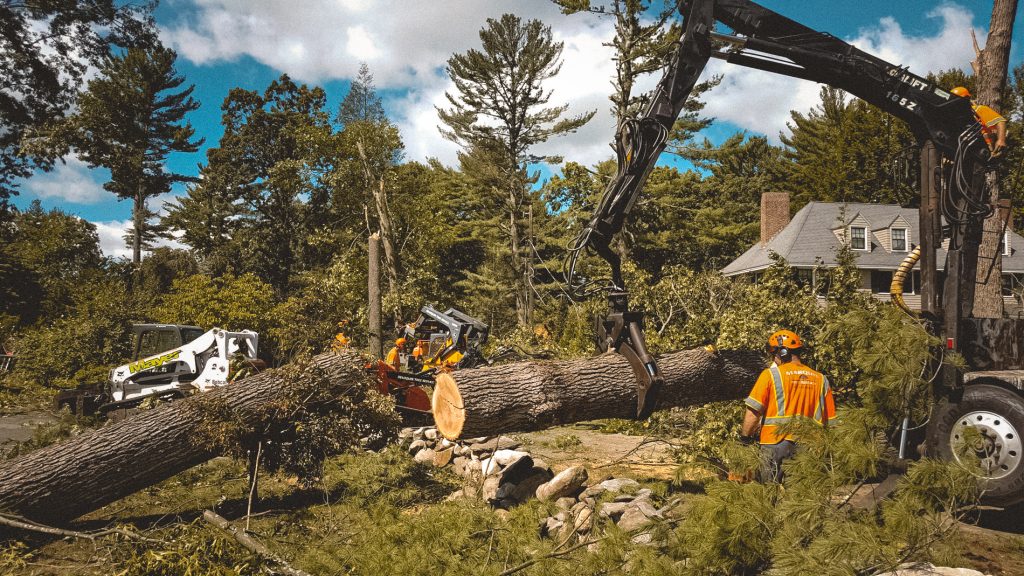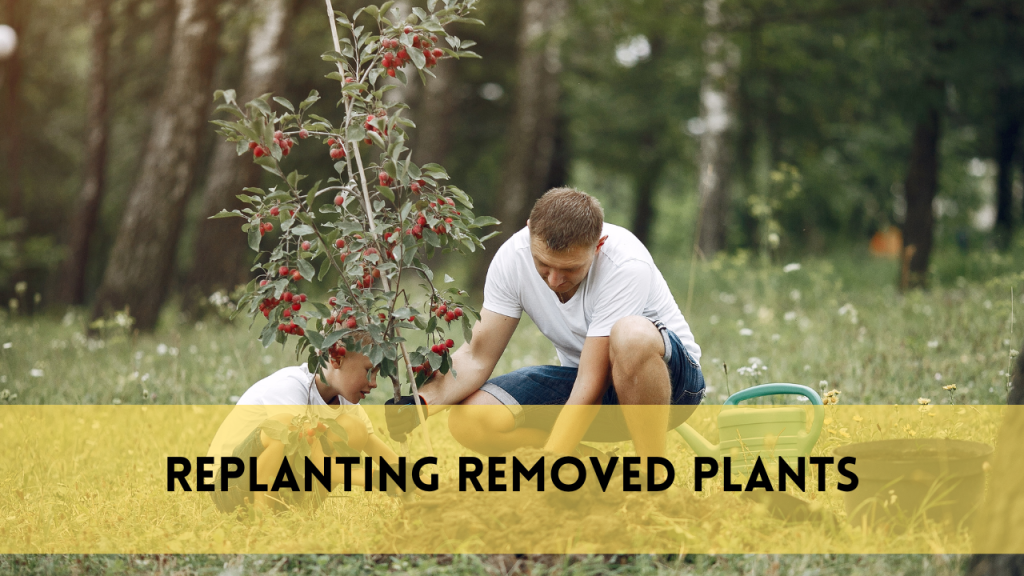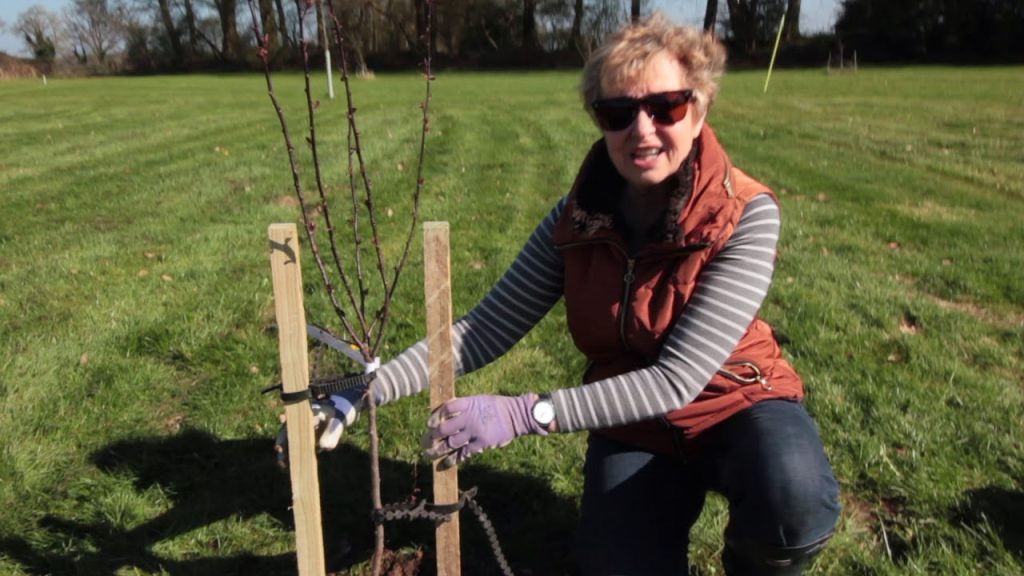When we picture a healthy and vibrant tree, we often envision a tall, sturdy trunk adorned with lush green leaves or colorful blossoms. However, nature has a way of adding its own unique touch, and sometimes that involves the appearance of moss on our trees. While moss can be charming in its own right, an excessive presence of it on your trees can indicate underlying issues and might not be the aesthetic you desire. So, if you find yourself wondering how to remove moss from trees, you’ve come to the right place.
Understanding Moss on Trees
Understanding moss removal is the art of unveiling a tree’s true beauty, revealing the hidden health beneath. It’s a delicate dance between nature and nurture, ensuring your arboreal companions thrive, unburdened by excess moss.
Low Light Levels:
Moss prefers shade, so if your tree is in a dim area, it may encourage moss growth.
Excess Moisture:
Poor drainage or excessive moisture can create a hospitable environment for moss.
Poor Air Circulation:
Static air can trap moisture and create favorable conditions for moss.
Compacted Soil:
Compacted soil, dense and unyielding, restricts roots and water, hindering plant growth. Aerate and enrich it to provide a nurturing environment for flourishing flora.
Lack of Nutrient Competition:
Lack of nutrient competition offers an advantage to moss, which thrives in nutrient-poor environments. Addressing this imbalance ensures other plants can flourish alongside, fostering a diverse and vibrant ecosystem.
How to Remove Moss from Tree?
Removing moss from trees involves a combination of manual and preventative measures. Here’s a step-by-step guide to help you tackle this issue effectively:
1. Manual Removal:
Gentle Scrubbing: Using a soft brush or scrubbing pad, gently scrub the moss from the tree’s bark. Avoid harsh or abrasive materials that could damage the tree’s surface.
Hand-Picking: For smaller patches of moss, you can carefully pick it off by hand. Be gentle to avoid harming the tree’s bark.
Pruning: If the moss has spread to branches, consider pruning affected branches to remove both the moss and any compromised foliage.
2. Pressure Washing:
For more extensive moss coverage, you can use a pressure washer with a low-pressure setting to remove moss from the tree’s trunk and branches. Keep the pressure low to prevent damage to the tree’s bark.
3. Chemical Treatments:
Copper-Based Products: Copper-based fungicides can be effective in killing moss. Follow the product instructions carefully, and avoid using excessive amounts.
Baking Soda and Water: A mixture of baking soda and water can be applied to moss-covered areas. This method is less harsh and can be effective over time.
4. Improving Growing Conditions:
Increase Light: Trim nearby branches or vegetation to allow more sunlight to reach the tree. Moss prefers shade, so increasing light levels can deter its growth.
Enhance Drainage: Improve soil drainage around the tree by adding organic matter or creating a slope to divert excess water away from the base.
Increase Air Circulation: Prune surrounding vegetation to enhance air circulation, reducing moisture buildup.
5. Preventative Measures:
Regular Maintenance: Perform routine inspections of your trees to catch moss growth early. Regularly remove moss manually to prevent it from spreading.
Aerate Soil: If soil compaction is an issue, consider aerating the soil to improve water and air penetration.
Copper-based fungicides:
Copper-based fungicides are commonly used to remove moss from trees due to their effectiveness and relatively low impact on the environment. Here’s how they are typically applied:
Preparation: Wear appropriate protective gear, including gloves and safety glasses. Choose a calm day with no strong winds to avoid drift.
Dilution: Copper-based fungicides come in various formulations, such as liquid concentrates or ready-to-use sprays. Follow the proper guidelines before spraying
Application: Use a garden spray to evenly distribute the copper-based fungicide over the moss-covered areas of the tree. Avoid oversaturating the moss
Time: The best time to apply copper-based fungicides is during the moss’s active growth season, typically in the spring or early autumn
Post-Treatment: Allow the fungicide to dry on the moss. Over time, the copper ions in the fungicide will work to inhibit moss growth. Reapplication may be necessary if moss regrows.
Safety Precautions
When removing moss from trees, it’s essential to prioritize safety:
- Wear gloves and protective eyewear to avoid contact with chemicals or debris.
- When using a pressure washer or chemical treatments, follow the manufacturer’s instructions carefully.
- Be cautious when climbing ladders or working at heights to reach moss on tall trees.
Benefits of Moss Removal
Removing moss from your trees not only enhances their visual appeal but also promotes their overall health and vitality. Here are some benefits of effective moss removal:
1. Improved Tree Health:
Removing moss allows the tree’s bark to breathe, reducing the risk of fungal infections and rot.
2. Enhanced Aesthetic Appeal:
A moss-free tree looks more visually appealing, making your landscape more attractive.
3. Better Growth Conditions:
By addressing the underlying issues contributing to moss growth, you create a healthier environment for your tree to thrive.
Conclusion
In conclusion, understanding how to remove moss from trees is essential for maintaining the health and beauty of your arboreal companions. Moss growth on trees can indicate underlying issues such as low light levels, excess moisture, poor air circulation, compacted soil, and lack of nutrient competition. By addressing these issues and following a systematic approach to moss removal, you can enhance the well-being of your trees and create a more attractive landscape.



